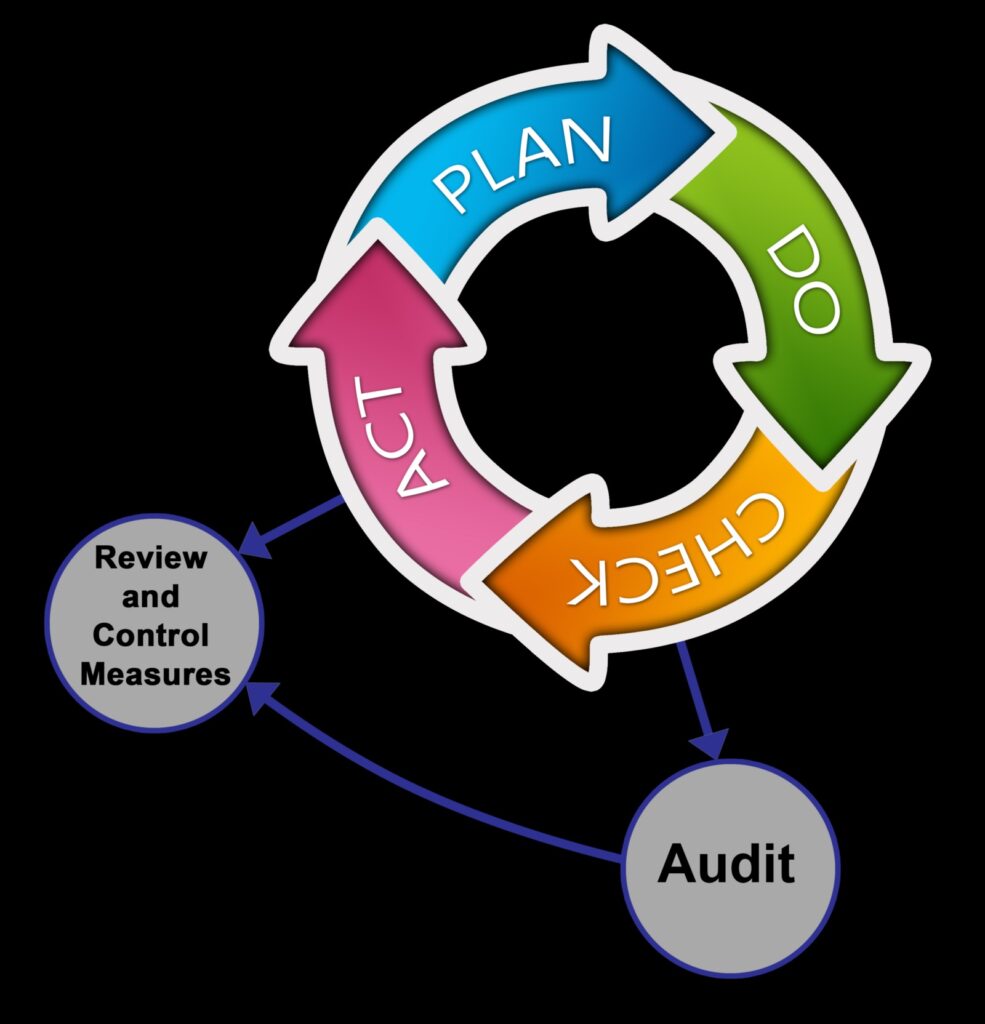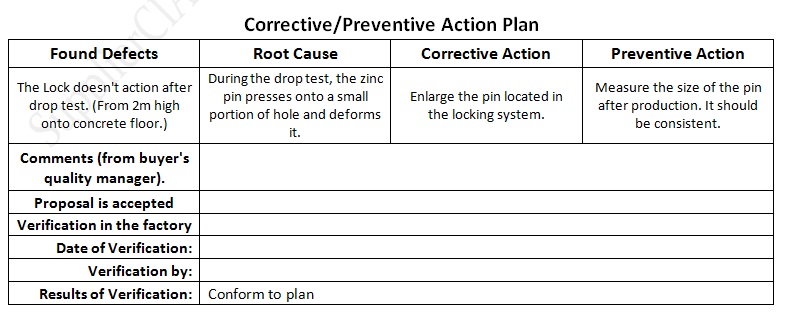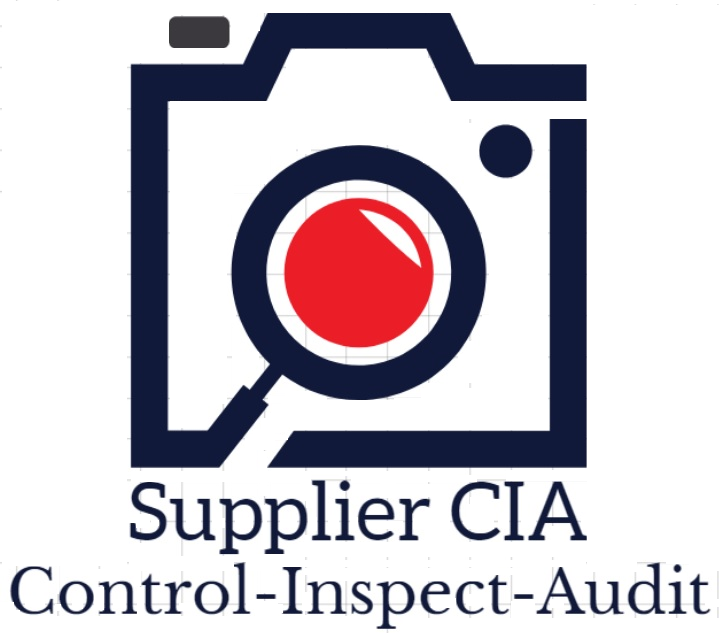
You have placed orders with a supplier, you have appointed an inspection company, and they found some issues that need to be fixed before shipment.
Should you simply tell your supplier to re-work the products, and send an inspector again once it’s all done? This hands-off strategy is chosen by many importers, who reason that their supplier is responsible for a finished product and should find appropriate ways to deliver it.
However, in some cases the re-inspection report shows the same issues (not effectively repaired) or entirely new issues (caused by poor rework).
There can be several reasons for this, such as:
•Miscommunication between the salesperson you contact and the technicians in the factory.
• Inappropriate measures taken for repairing, either mistakenly or consciously (to save money and time).
• They refused products actually cannot be repaired properly, and have to be re-produced.
If you are in one of these situations, you will waste time and might argue with your supplier for nothing. But there is a way to dramatically increase the chances of effective repairing.
What is a Corrective & Preventive action plan?
The buyer (or its appointed inspection company) can require the supplier to fill out a form called a “corrective/preventive action plan”, or CAPA (for corrective action/preventive action plan). Here is a simple example, based on root cause analysis:

After the supplier has filled it out, a quality engineer working for the buyer analyzes the form and he/she can confirm it, refuse it, ask for more information, or propose other solutions.
Advantages of Corrective/Preventive Action Plan
• The supplier is forced to think of the root cause for the problems found, and communicate with the factory technicians. If they do their job correctly, they will be in the right frame of mind to find the most effective method of repairing. They might do several tests to validate a method; buyers are advised to ask for photos (or even short videos) showing such tests and their results.
• If the factory does not want to do any rework, a sharp buyer should feel it right away: in that case the descriptions tend to be sketchy and unclear… If the document is sent back at all!
• Another advantage is that it is a written document. The supplier has no excuse for not taking the necessary steps to prevent the same issues on the following batches.
• Asking the supplier to fill out a document is free of cost.
Disadvantages of Corrective/Preventative Action Plan
• An importer with no knowledge about production will not be able to make full use of the corrective action plan, simply because nobody will be able to confirm the supplier’s suggestions. In this case, the supplier might invoke some obscure technical reason–true or not–and confuse the buyer.
• When the importer is assisted by a quality control firm, chances are better to validate an effective plan. However, most QC firms inspect all kinds of consumer goods, and their local engineers probably have no deep knowledge about the factory’s processes and the materials that go into your product.
• The most effective procedure is to send an Engineer from your side or a Quality Controller from a third party to the factory during the repairing work. She/he will record the actions undertaken and will check their result.
It is recommended for all buyers should include this tool in their buying procedure.

